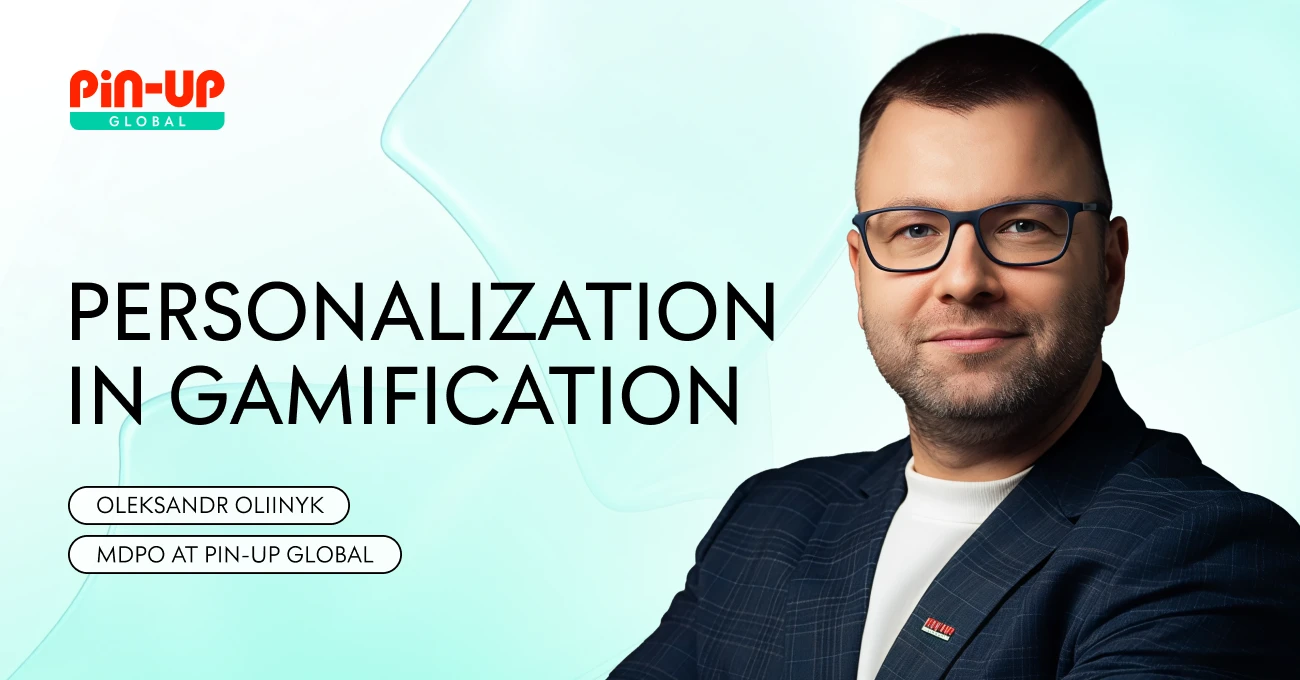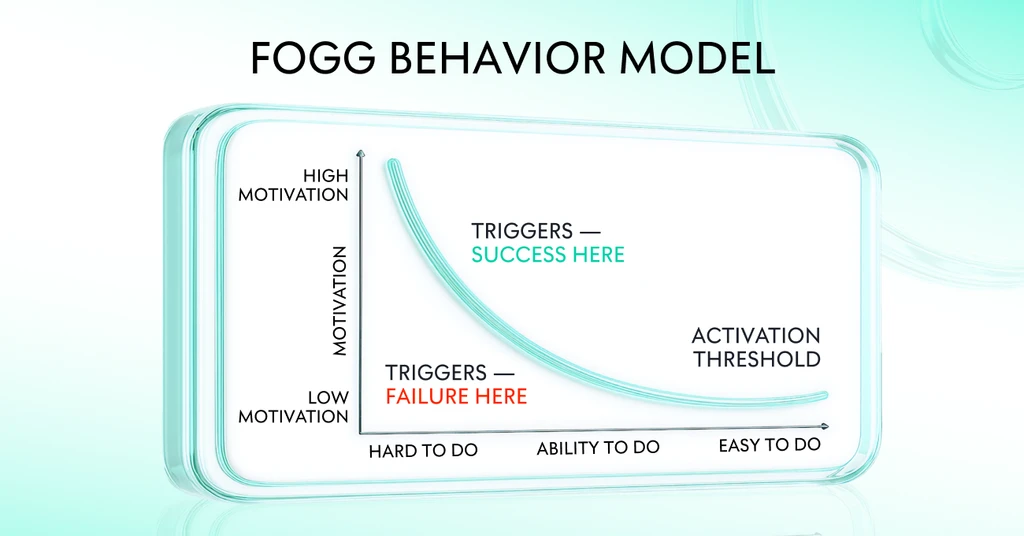Goodbye to one-size-fits-all approaches: How PIN-UP Global uses psychology to power gamification

It would appear that the entire consumer-facing world has woken up to the opportunities presented by gamification in recent years, with the value of the market set to rocket from $11.6bn (€8.5/£10.1bn) in 2023 to $96.2bn in 2033.
While studies have shown solid links between gamification and employee satisfaction in the workplace, gamification in education is becoming particularly prevalent – and not just among youngsters. Indeed, with students in higher education also attracted to such activities, gamification in learning seems to be spanning all ages.
However, few sectors fit as naturally with the concept as online gaming, where the power of gamification is becoming more important in the battle to attract and retain players.
Gamification benefits
Indeed, the potential benefits of integrating gamified elements into an igaming platform are well documented and increasingly well understood across the industry.
Gamification can not only provide a vital tool for engaging customers and gathering deeper first-party data, but it can also enhance the user experience, driving revenues and ultimately long-term loyalty.
Furthermore, it is a particularly powerful tool for attracting and retaining the attention of those much sought-after younger adults, with 70 per cent of people under the age of 25 now preferring to spend time playing games rather than watching videos, according to a study by McKinsey.
Every time a player signs in to their igaming account, they are about to take on the house. It should therefore be a natural step for gamification beyond the immediate gameplay to resonate with the online gaming experience.
Yet merely awarding digital badges or launching leaderboards misses an opportunity to dig into the all-important psychological factors that can frame strategies so that strong connections are forged with players on an even deeper level.
User-centric approach
On this point, PIN-UP Global, an international holding, which specialises in developing B2B solutions, technologies and products for the igaming industry, believes it is ahead of the curve – not only in terms of developing game-changing tools, but also understanding the science behind why and how gamification works.
At the heart of this confidence is a user-centric approach that treats every customer uniquely.
“Individual preferences, abilities and motivations vary significantly among users, and one-size-fits-all approaches often fail to engage diverse audiences effectively,” says Oleksandr Oliinyk, PIN-UP Global’s marketing domain product officer.
“Tailoring challenges to match users’ skill levels and interests ensures that tasks remain engaging, voluntary and meaningful – striking a balance between enjoyment and autonomy.”
Learning early lessons
Embarking on such a mission requires an adaptable approach that allows lessons to be learned quickly based on actionable data.
“In one of our early gamification releases, we noticed low engagement from VIP users,” Oliinyk explains.
“Our first version offered the same set of tasks to all users, focusing on volume and frequency of play, but high-value users weren’t motivated by this. They preferred fewer but more meaningful and exclusive challenges, which we hadn’t accounted for.
“After revising the system, we introduced tiered tasks based on user segments. This shift significantly improved engagement across all levels as users could interact with content aligned to their habits, capabilities and motivations.”
There are also unintended consequences to consider when introducing another competitive element to an igaming offering.
“Leaderboards can be great, but only for the right audience,” Oliinyk says. “In one case, we noticed new users disengaging after seeing themselves at the bottom of the ranking. So, we introduced micro-leagues and team-based tasks, where users could win together. Engagement from newcomers went up significantly.”
Motivation, ability and prompt
One of the most important insights PIN-UP Global identified early on in its gamification journey was that users would consistently fail to finish tasks after starting them. Put simply, either the challenges were too easy to be interesting, or they were too complex or difficult to feel achievable.
This led to a rethink of the entire task design framework, with the Fogg Behaviour Model becoming a useful reference point. The widely used principle asserts that motivation, ability and a prompt must converge at the same moment for a behaviour to occur.
“We realised our approach lacked one crucial thing – alignment between users’ motivation, ability and the moment they were prompted to act,” Oliinyk says. “The Fogg Behaviour Model helped us rethink how to balance difficulty, motivation and prompts.”

Trial and error
On the difficulty point, a segmented task logic was developed through trial and error, so that challenges were complex enough to be meaningful for each player group, without overwhelming them. For example, casual users were given achievable, daily actions, while VIPs received exclusive challenges more in line with their time and play style.
In terms of motivation, a greater focus was placed on ensuring rewards were personally relevant by tailoring them to user preferences and behaviour – leading to improving participation and completion rates.
Finally, contextual prompts were introduced to offer users optional actions at moments when they are already active and motivated, allowing them to stay in control of their experience. This relatively small alteration had a major impact on re-engagement, Oliinyk says.
“This revised approach turned tasks from ‘just another feature’ into a driver of real behavioural change – something we wouldn’t have achieved without learning from our earlier mistakes,” he adds.
Power of personalisation
Personalisation in gamification – as in other areas of the igaming experience – is becoming essential if opportunities to optimise player lifetime values are to be maximised.
Distilling this concept into a specific example, Oliinyk reflects on one campaign that initially offered generic bonus rewards. Participation spiked at the start before soon dropping off, with player feedback confirming the reasons why.
“It’s not enough to offer ‘any’ prize. Rewards must feel personal, relevant and respectful of each user’s motivation – whether that’s financial, social or progress-driven.”
Gamification is thought by some to tap into two different types of user psychological motivation. While an ‘extrinsic’ desire is associated with the chance of winning tangible rewards, an ‘intrinsic’ motivation is more about intangible incentives, such as mastery and social connection – with the latter being a particularly important factor among younger adults.
Non-monetary incentives
More broadly, rewards in igaming have expanded considerably from simple deposit bonuses and free spins to become far more varied in recent years.
Indeed, PIN-UP Global has integrated a series of non-monetary incentives into its strategy – partly in response to the success of its reimagined financial rewards through gamification.
For VIP users, for example, exclusive nicknames have been introduced, via custom identifiers available only to certain individuals, with the aim of creating a strong sense of recognition and status.
“The results were striking,” Oliinyk explains. “Users valued this unique marker of prestige even more than additional financial bonuses.”
Furthermore, public rewards like badges, titles and profile enhancements make progress visible to others – a particularly powerful tool in competitive environments – with PIN-UP Global leaning on ideas that have worked in other sectors. For instance, Oliinyk cited virtual medals via language-learning platform Duolingo and rare skins in video games like Fortnite and League of Legends as effective gamification examples.
“By adding non-financial incentives, we unlocked a new layer of engagement driven not by monetary value, but by uniqueness, visibility, and recognition – and it worked, not only for retention, but for building long-term loyalty,” he adds.
Building for the long term
Adopting a long-term vision is vital if gamification is to sustain engagement, Oliinyk explains.
“Gamification is not a ‘set and forget’ feature. We build content calendars for seasonal tasks, limited-time challenges, and regular refreshes of rewards. Without this, even the best-designed mechanics eventually become background noise.
“Gamification works, but only when it’s dynamic, responsive and shaped around real user insights. At PIN-UP Global, we are committed to responsible innovation in igaming. Our gamification systems are designed to support player autonomy, respect individual preferences, and enhance user experiences without creating pressure or dependency. All behavioural insights are derived from anonymised, aggregated data, in full compliance with GDPR and other applicable laws.”
